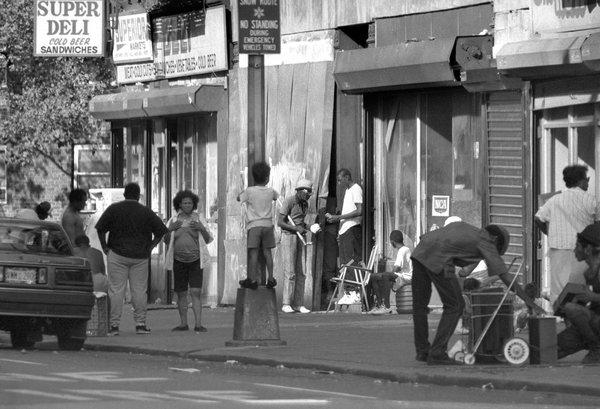Bullets were flying in the cities. Crack wars trapped people in their homes. The year was 1994, and President Bill Clinton captured the grim national mood, declaring “gangs and drugs have taken over our streets” as he signed the most far-reaching crime bill in history.
The new law expanded the death penalty, and offered the states billions of dollars to hire more police officers and to build more prisons. But what was not clear at the time was that violent crime had already peaked in the early ’90s, starting a decline that has cut the nation’s rates of murder, robbery and assault by half.
Perhaps nowhere has the drop been more stunning than in New York City, which reported only 328 homicides for 2014, compared with 2,245 in 1990. The homicide rate in some cities has fluctuated more — Washington ticked up to 104 in 2014, after a modern low of 88 in 2012. But that still is a drastic fall from a peak of 474 in 1990.
[For more of this story, written by Erik Eckholm, go to http://www.nytimes.com/2015/01...bottom-well&_r=1]




Comments (5)